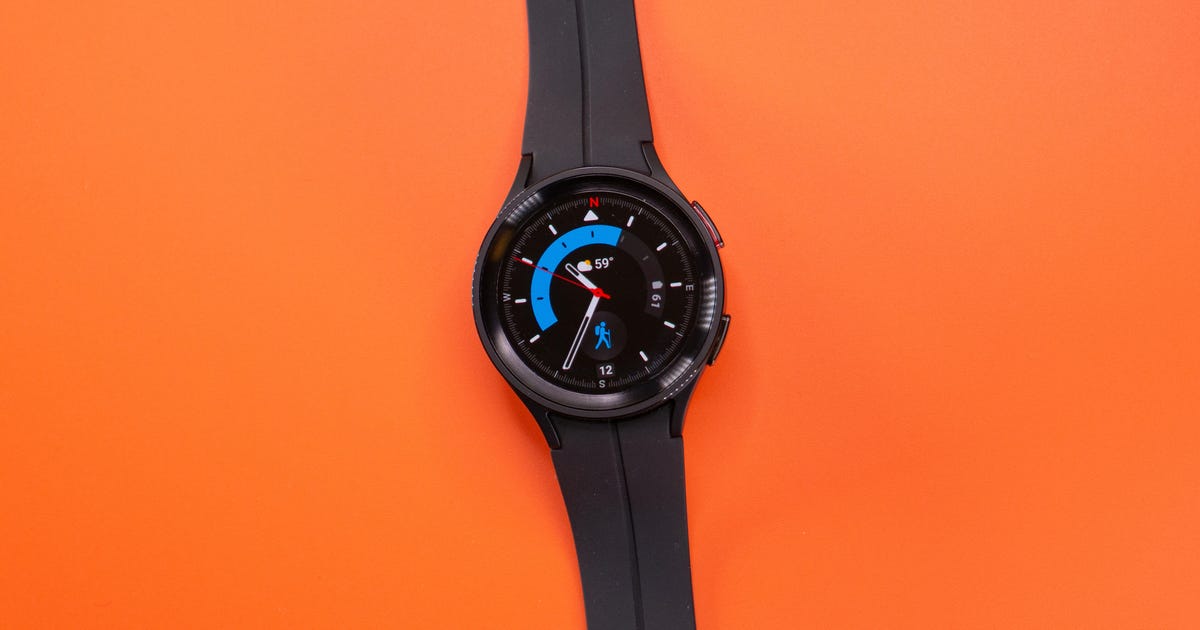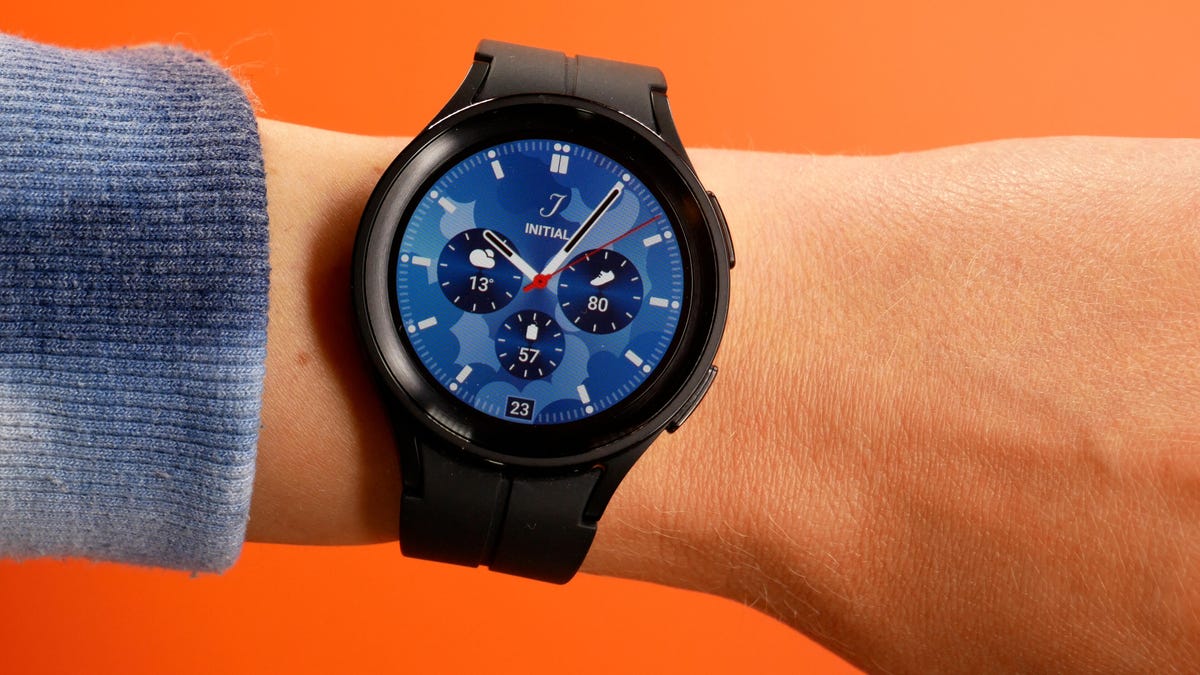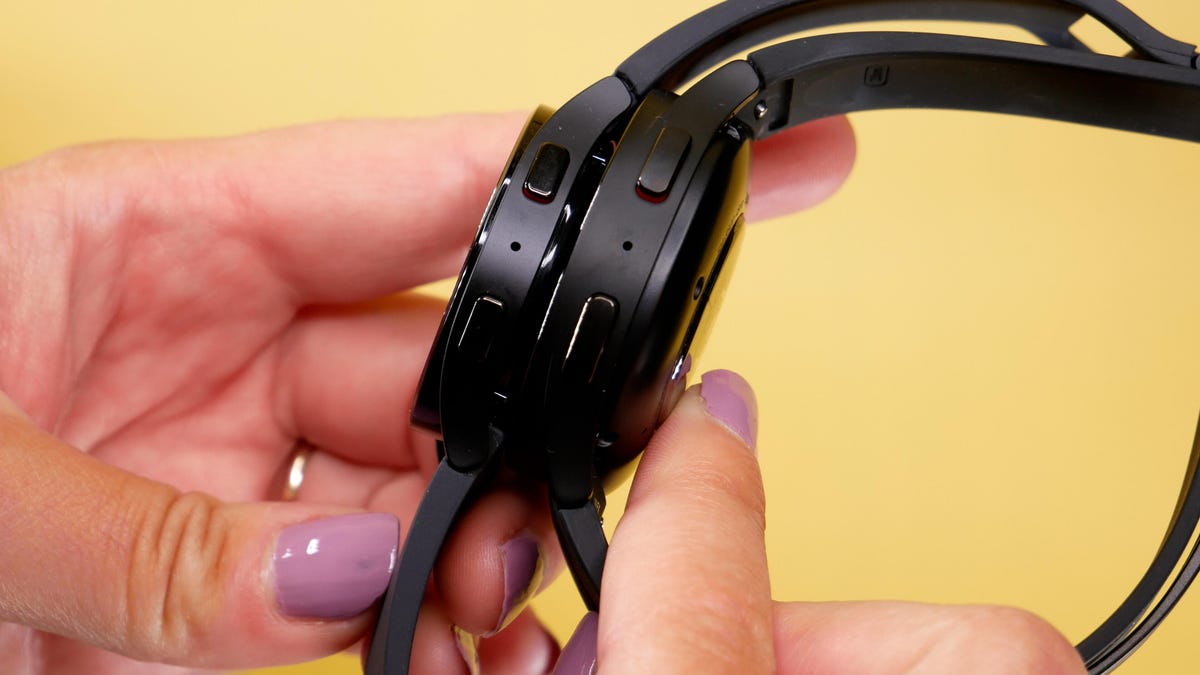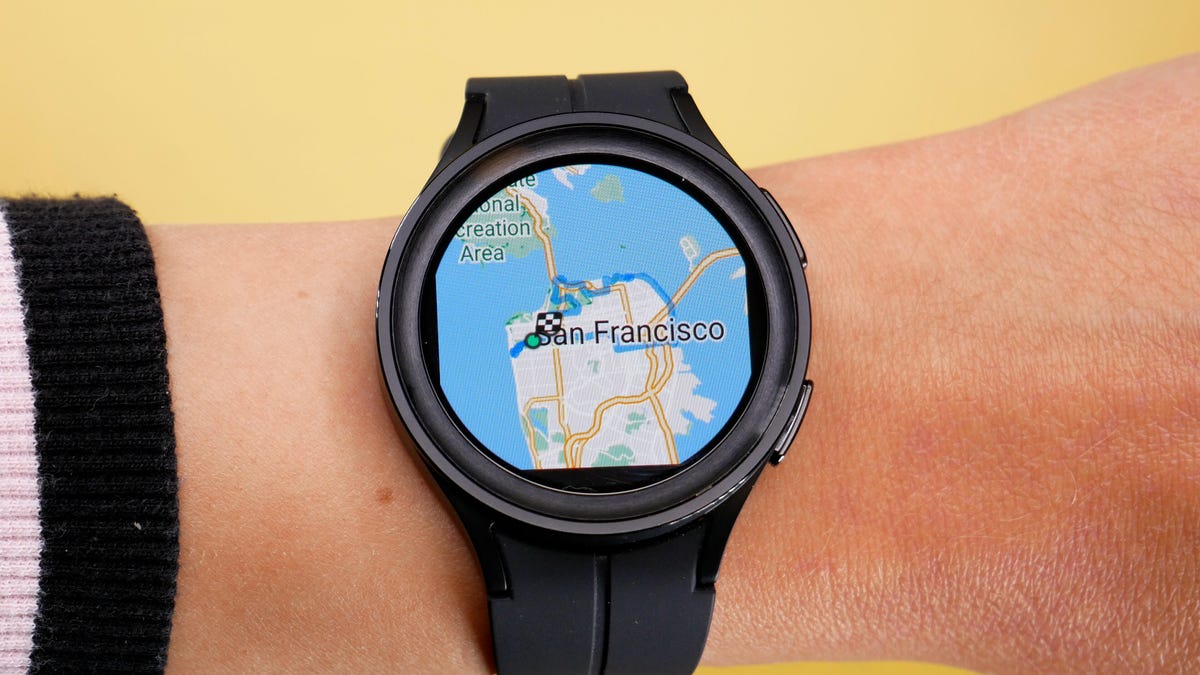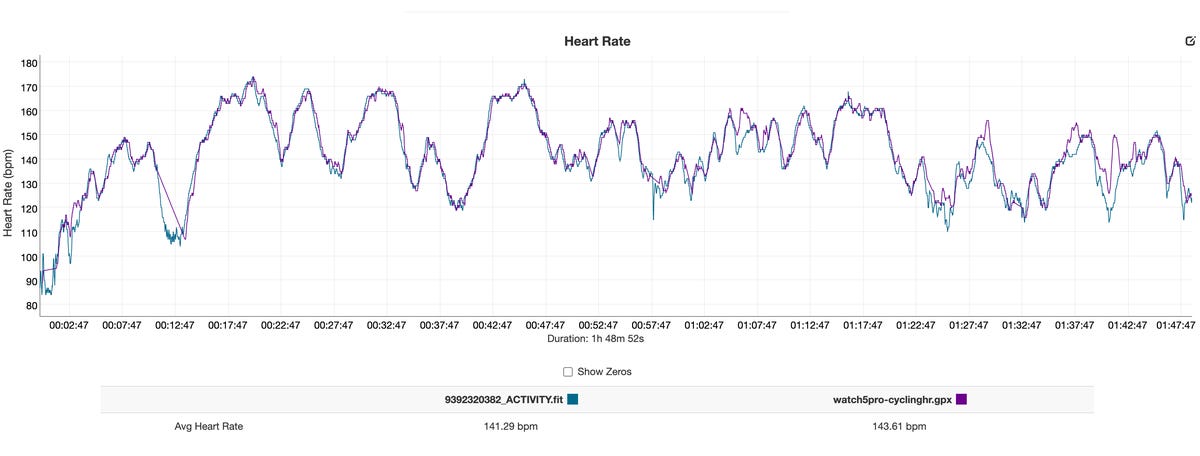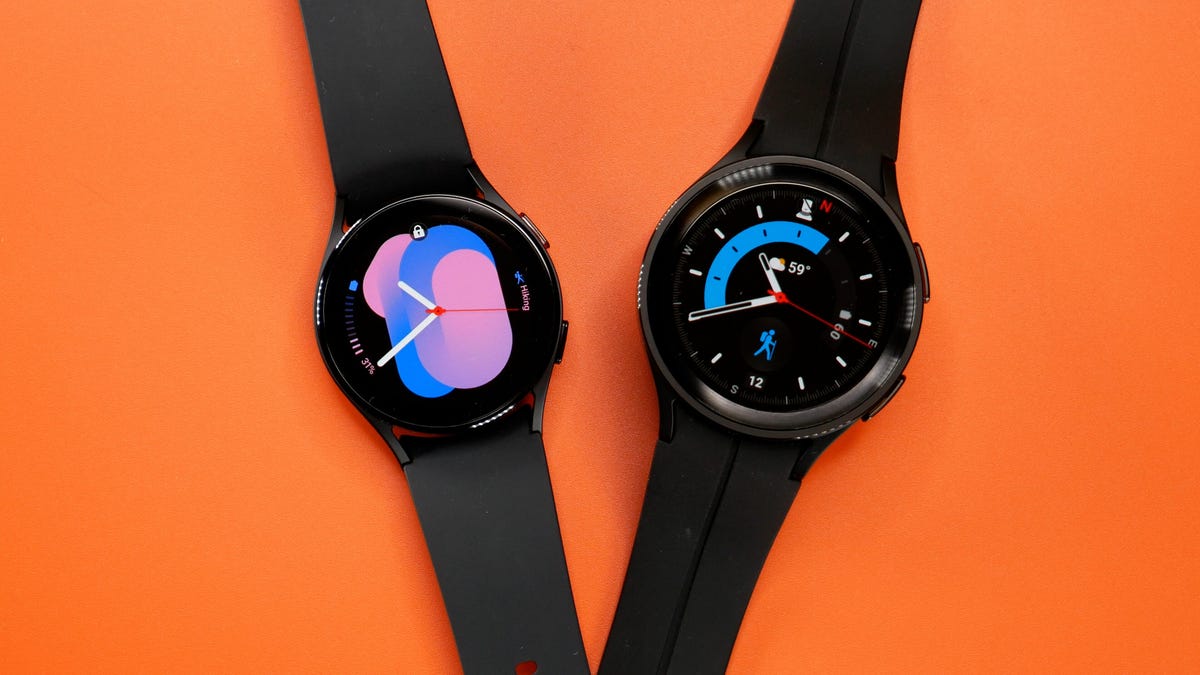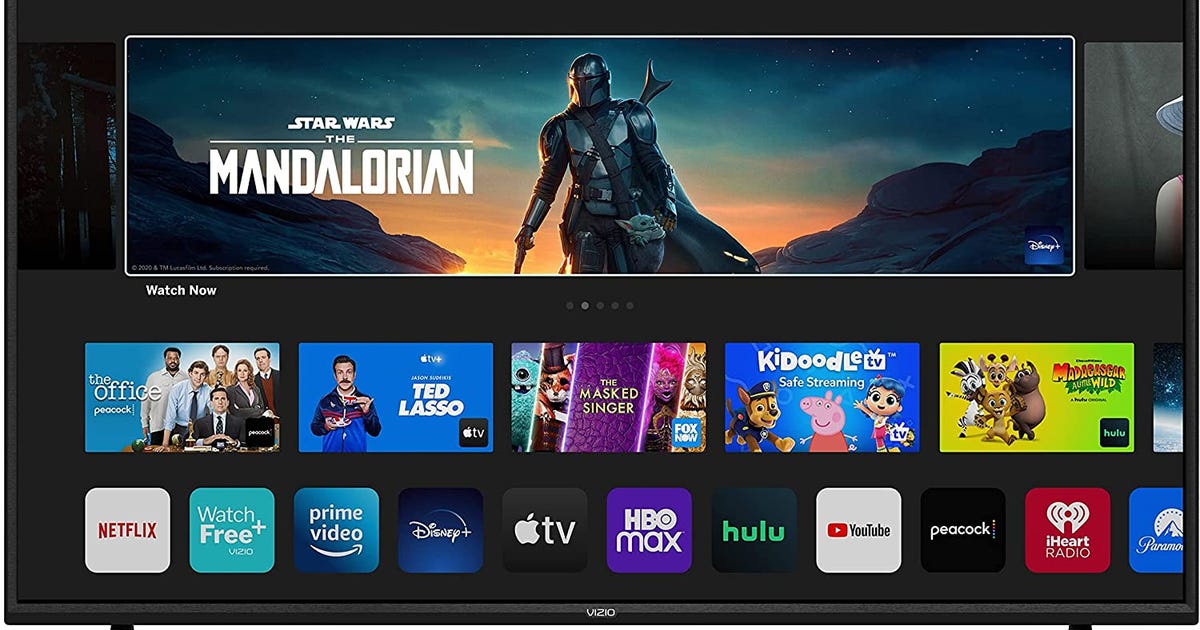
8 Affordable Therapy Options That Don't Require Insurance
Every year, more Americans seek cognitive behavioral therapy and counseling to prioritize their mental health and overall wellbeing. Unfortunately, with the growing cost of living and an uncertain economic outlook, many therapy-goers find it difficult to afford treatment – even with insurance or other financial assistance programs.
Things are even more challenging for those looking for affordable therapy without insurance. For these folks, a single therapy session can cost as much as $250, which isn't feasible in most households.
However, there is some good news. These days, uninsured people looking for affordable therapy have more options than ever, including sliding scale payments, employer-sponsored programs and mental health apps.
Below, you'll find several cost-effective ways to access cheap or free therapy, none requiring insurance. Read on to discover how to find affordable therapy that works for you.
Read More: 6 Best Teas for Anxiety and Stress for 2022
Affordable therapy options to try without insurance
Sliding scale payments
Since therapists set their prices, they can choose to reduce their rates for patients with lower incomes or those who don't have insurance. Also known as a sliding scale, this payment system is set up at a therapist's discretion and can often decrease therapy fees by half or more (depending on a patient's income).
On the plus side, sliding scale payments can help economically disadvantaged people access therapy at a rate proportionate to their income. However, since mental health professionals make less money on these types of patients, these appointments are in high demand -- and often difficult to find.
To find a participating practice, you can use a therapist search engine (like Psychology Today or GoodTherapy) and apply the filter for sliding scale payments.
Low-cost clinics
Another way to access affordable therapy without insurance is by visiting a low-cost clinic. These are generally run by local universities or hospitals, where students train to become mental health professionals. They often provide affordable (or even free) counseling as a way for their trainees to get real-life experience with patients under the supervision of qualified professionals.
Low-cost clinics are an excellent option for those who don't have insurance or can't cover the out-of-pocket costs of traditional therapy. Keep in mind that the staff at these clinics usually aren't fully qualified yet, so they won't have as much knowledge or experience as an experienced therapist.
If you're interested in finding a low-cost clinic near you, contact your local university or psychology institute and ask if they offer student-led therapy services.
Employee Assistance Program
Some companies have an Employee Assistance Program for workers struggling with mental health issues. With these types of programs, the employer will typically pay for a certain number of therapy sessions or mental health services to help with things like stress, anxiety, depression, substance abuse, trauma and grief.
One of the biggest benefits of an EAP is that your employer covers all the costs. On the downside, EAPs are designed to focus on specific, short-term concerns rather than long-term mental health. As such, they aren't a solution for complex or extensive issues.
To find out if your company offers EAPs, reach out to your manager or your human resources department. If you qualify, they should be able to give you information about how to access a therapist that's covered by your EAP.

Community mental health centers
Across the country, you'll find government-run community centers where individuals can receive mental health support -- no matter their income or insurance status. These clinics provide a range of services, including crisis assistance, substance abuse counseling and mental health care for veterans, with many accepting Medicaid or offering sliding scale payment options.
One advantage of community mental health centers is that they're available to everyone and deal with a comprehensive variety of conditions and disorders. Because of this, the centers' resources are often stretched thin, and you may face a lengthy wait to see a therapist.
Your state's behavioral or mental health department can help you access these services. In Missouri, for example, you can use this map to find your nearest community mental health centers based on your county.
University services
If you're in college, you might be able to access therapy through your school's health center. Universities and community colleges recognize that students deal with all kinds of mental health issues while they're in school and put programs in place to support their pupils. For instance, the University of Michigan offers professional and peer-to-peer counseling, therapy apps, wellness coaching, self-guided meditation and more.
On the positive side, these university-sponsored services are often included with tuition. However, they're typically meant for short-term help. If you need long-term therapy, your school's counselor will likely refer you to another mental health professional outside the university.
Visit your school's website or contact the administration team to learn more about therapy and mental health services.
Group therapy
Group therapy is a cost-effective alternative if you don't have insurance and can't afford individual therapy. Instead of meeting with a mental health professional by yourself, you'll come together with a therapist and a small group of people dealing with similar issues like stress, depression, grief, substance abuse or something else.
On average, group therapy costs around $30 to $80 per session – about half the price of individual therapy. It also lets you connect with others who are in a similar situation as you. On the downside, you won't receive one-on-one attention from your therapist, which could be difficult if you deal with highly personal issues. Plus, for group therapy to be effective, you'll need to be comfortable discussing your mental health in front of multiple others.
To learn more about group therapy or find sessions near you, search online or reach out to a local therapist specializing in your area of concern (such as addiction, chronic illness, trauma or another area).
Support groups
Similarly, support groups provide a safe space for people who are going through a similar experience. They're led by peers (rather than therapists) and are free to attend. For example, Al-Anon is a support group for friends and families of people with alcohol use disorder who want to gather and discuss how their loved one's addiction has affected them.
One of the key advantages of support groups is that they're organized and attended by people with first-hand experience with whatever you're struggling with -- whether that's substance abuse, grief, stress or another challenging issue. But since support groups are run as peer-to-peer sessions, they don't provide the opportunity to dive deeply into your personal situation with the help of a qualified therapist.
As mentioned, support groups are focused on a single topic, so the best way to find a relevant group near you is through online research (for example, "cancer support groups in Denver"). If you'd prefer to meet virtually, there are also plenty of free online support groups that tackle all sorts of tough issues.
Mental health apps
Thanks to technology, mental health care is now accessible from anywhere and for everybody -- including people who live in rural areas, individuals with disabilities and people without insurance. For about $60 to $90 per week, online therapy apps like Talkspace, BetterHelp and Cerebral allow you to speak with a therapist from the comfort of your home.
These virtual mental health services are ideal if you're unsure about meeting a mental health professional face-to-face or if you can't find a therapist near your home. On the other hand, you might find it harder to connect or develop trust with your therapist in a virtual setting. On top of that, the subscription fees for these apps can be pricey.
To learn more, check out CNET's reviews of the best online therapy services and mental health apps.

Does free therapy exist?
Unfortunately, therapy can still be expensive, even with discounts or sliding scale payment options. While there are a handful of ways to access free online therapy or in-person counseling appointments, they're often hard to find. If you don't have a budget for individual therapy right now, you may find the following resources helpful.
- Warmlines and hotlines: If you need to talk to someone at a given moment, consider calling a mental health support line (known as a warmline or hotline). Both are free phone numbers you can dial to chat with a peer or volunteer trained in mental health. Warmlines are available for casual, non-emergency conversations, whereas hotlines like the National Suicide Prevention Lifeline are for urgent crises (dial or text 988).
- Free clinics: From student training clinics to community mental health centers, you may be able to find facilities in your area offering free therapy. Some mental health professionals also offer several pro bono sessions every week or month. These services are typically set aside for low-income and uninsured patients.
- Support groups: No matter what you're struggling with, chances are that you're not alone. To meet people in a similar situation, research local or virtual support groups that revolve around your particular mental health concern.
Bottom line
These days, there are several pathways to find affordable therapy without insurance as a result of advances in mental health technology. Whether you're insured or not, there are many ways to find cost-effective mental health care, including low-cost clinics, group therapy, community centers, support groups and mental health apps.
The information contained in this article is for educational and informational purposes only and is not intended as health or medical advice. Always consult a physician or other qualified health provider regarding any questions you may have about a medical condition or health objectives.
Source

